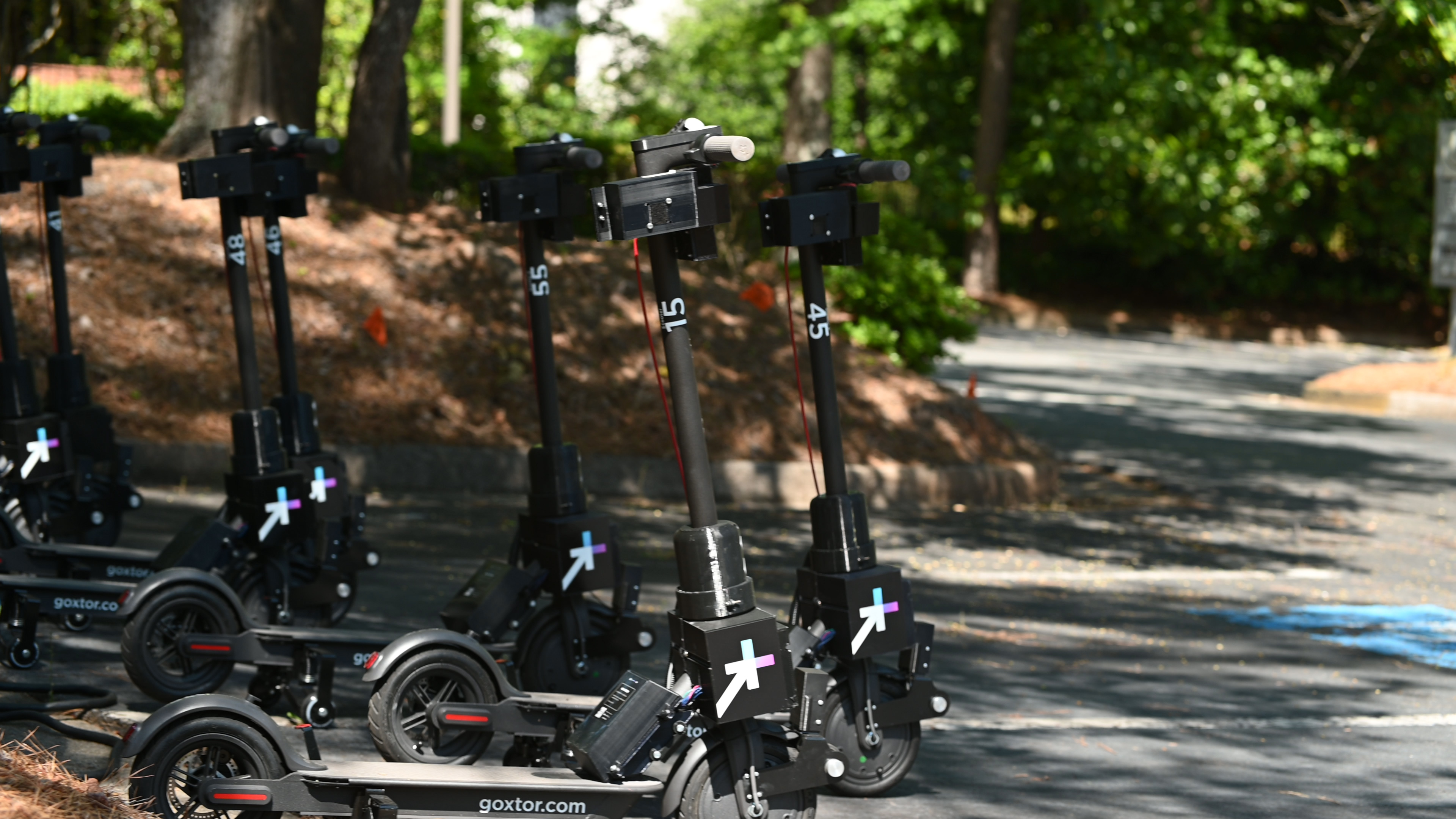The COVID-19 pandemic is making life worse for many startups, but not all. Those benefiting are often taking advantage of the market updraft to add more capital to their accounts. Robinhood, for example, saw usage of its consumer fintech product rise rapidly. Then the company raised a Series F worth $280 million at a new, higher valuation.
Another startup has done something similar. Human Interest, a finservices 401(k) provider for SMBs, added $10 million to its Series C today. The company’s Series C round is now worth a total of $50 million. Glynn Capital led the Series C extension.
The reason for the new capital is simple. According to Jeff Schneble, the company’s CEO, Human Interest has seen “some of the strongest sales months in the company’s history, and are seeing 2-3X year-over-year growth in customer acquisition even in the midst of the COVID-19 crisis.”
When usage and revenue scale ahead of expectations, options open up. TechCrunch had a few questions about the additional capital. Let’s explore.
$10 million more
TechCrunch first wanted to know if the San Francisco-based Human Interest’s new $10 million — which brings its total known capital raised to around $80 million — is earmarked for offense (greater investment into GTM functions, for example), or defense (runway extension, and so forth).
According to the CEO, the round is “more about playing offense,” with the executive adding that offense has been “something we’ve had the luxury of thinking about since the beginning of the crisis, given our large raise in February.” Human Interest intends to double its engineering team, and is “aggressively ramping up [its] GTM team (more reps, more partners, growing our marketing team and budget).”
TechCrunch was also curious about its customer profile — is Human Interest seeing growth from a different set of customers in the COVID-19 era? According to Schneble, not really: “We have not seen a significant shift in customer size, geography or vertical,” he said.
Human Interest, however, is seeing more companies coming to it looking to change 401(k) providers. Schneble told TechCrunch that “historically” 85% of his company’s customers are looking to offer “a retirement benefit for the first time.” However, “in the last couple of months” Human Interest has seen “a surge of customers with existing retirement plans that want to move to a lower-cost benefit.”
As Human Interest uses “technology, rather than people” to run its 401(k) service, the startup can offer a service that is “typically 30-50% lower-cost than a legacy 401(k) plan,” according to Schneble.
Is this new demand changing the company’s economics? TechCrunch wanted to know if market interest in 401(k) plans — consumers are flocking to savings and investing apps, likely driving more companies to add retirement savings plans for their employees — was lowering Human Interest’s customer acquisition costs (CAC).
According to the CEO, Human Interest focuses on gross-margin payback, or the time period it takes for gross-margin adjusted revenue to repay CAC. “I can’t stress how important profitability is in this space,” Schneble told TechCrunch, adding that “many of [his] competitors have negative contribution margins, which is obviously not a recipe for building a successful public company.”
The company’s gross-margin payback pace is improving, with the company telling TechCrunch that it has “come down by ~70% in the past 12 months, and is now approaching zero for many of our customers (meaning the margin contribution from their initial payment when they launch their plan covers our CAC).”
Human Interest’s gross margins help with that, with Human Interest telling TechCrunch that it has “typical software margins” on its product. That means 70%+ gross margins.
Back to the $10 million add-on, TechCrunch confirmed that the new capital was raised at the same pre-money valuation as the rest of its Series C. The CEO added the following color:
We had interest from several of the later-stage growth funds we talked to in our Series C process, but decided to move forward with Glynn Capital. They are long-term investors that plan to hold their investment in us long after we’re public (similar to one of our other large investors, Oberndorf Enterprises). While we probably could have demanded a higher price for the extension, given the acceleration we’ve seen in the last few months, we decided to optimize on partner quality instead.
Now with more capital aboard, expectations are even higher for Human Interest. Let’s see how fast it can grow.

